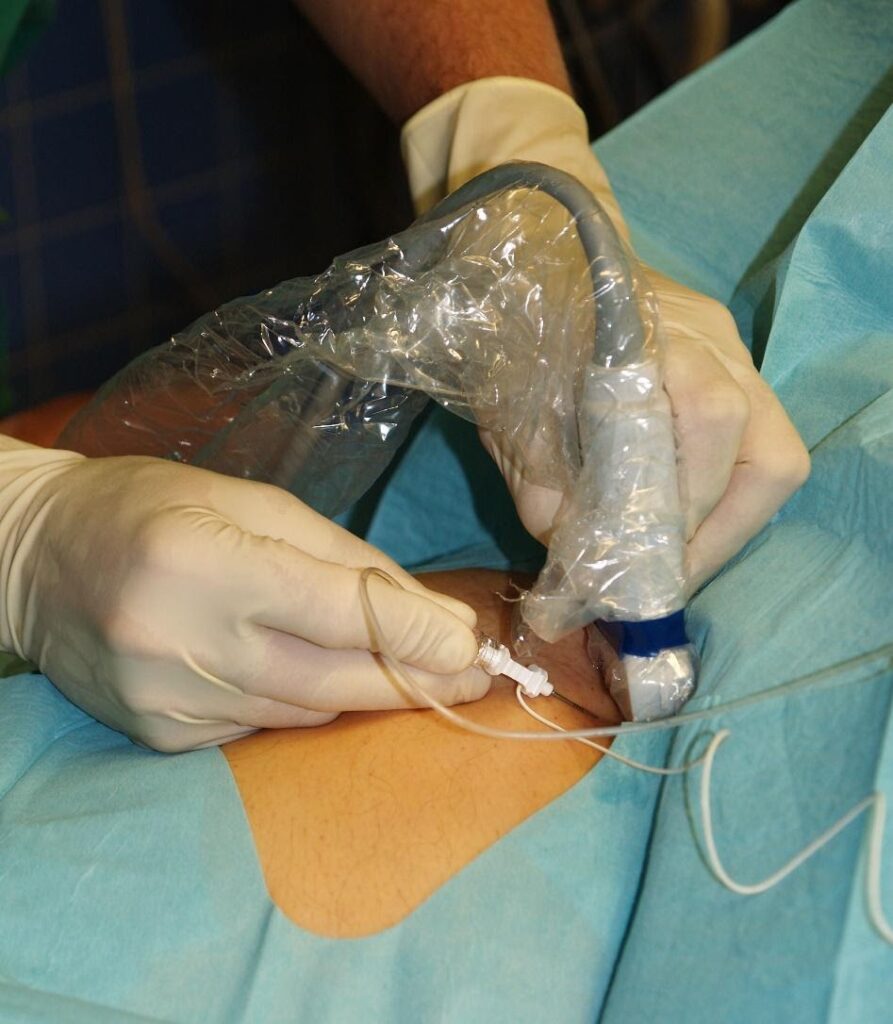Nerve Block
What is a Nerve Block?
A nerve block is an intricate medical procedure designed to alleviate pain by strategically injecting medications, such as local anaesthetics or corticosteroids, in proximity to specific nerves or nerve clusters. This targeted intervention aims to interrupt or block the transmission of pain signals along neural pathways, ultimately providing either temporary or, in some cases, more prolonged relief from pain. Nerve blocks serve dual purposes, serving as valuable tools for both diagnostic investigations and therapeutic interventions.
Diagnostic Role
In the diagnostic realm, nerve blocks play a crucial role in identifying the precise origin of pain. By temporarily disrupting the signalling pathways of specific nerves, healthcare providers can observe the immediate impact on pain symptoms. If the pain is significantly reduced or eliminated following a nerve block, it indicates that the targeted nerves or nerve clusters are likely contributing to the pain. This diagnostic insight is invaluable in formulating an accurate treatment plan tailored to the individual’s unique pain condition.


Therapeutic Role
Nerve blocks are widely employed as therapeutic interventions to manage various acute and chronic pain conditions. By delivering medications directly to the site of pain, nerve blocks aim to reduce inflammation, interrupt pain signals, and provide relief. The therapeutic applications of nerve blocks encompass a diverse range of conditions, including but not limited to:
• Peripheral Nerve Blocks: Addressing pain in specific areas, such as the limbs or torso.
• Epidural Nerve Blocks: Managing pain in the back, legs, or during childbirth by targeting the epidural space around the spinal cord.
• Facet Joint Blocks: Alleviating pain associated with facet joint issues in the spine.
• Sympathetic Nerve Blocks: Providing relief for conditions like complex regional pain syndrome (CRPS) by targeting the sympathetic nervous system.
• Splanchnic Nerve Blocks: Managing abdominal pain related to organs by targeting nerves associated with the abdominal region.
Some quick information
Our goal is to help the patient regain their quality of life
We relieve your pain, helping you be yourself again!

